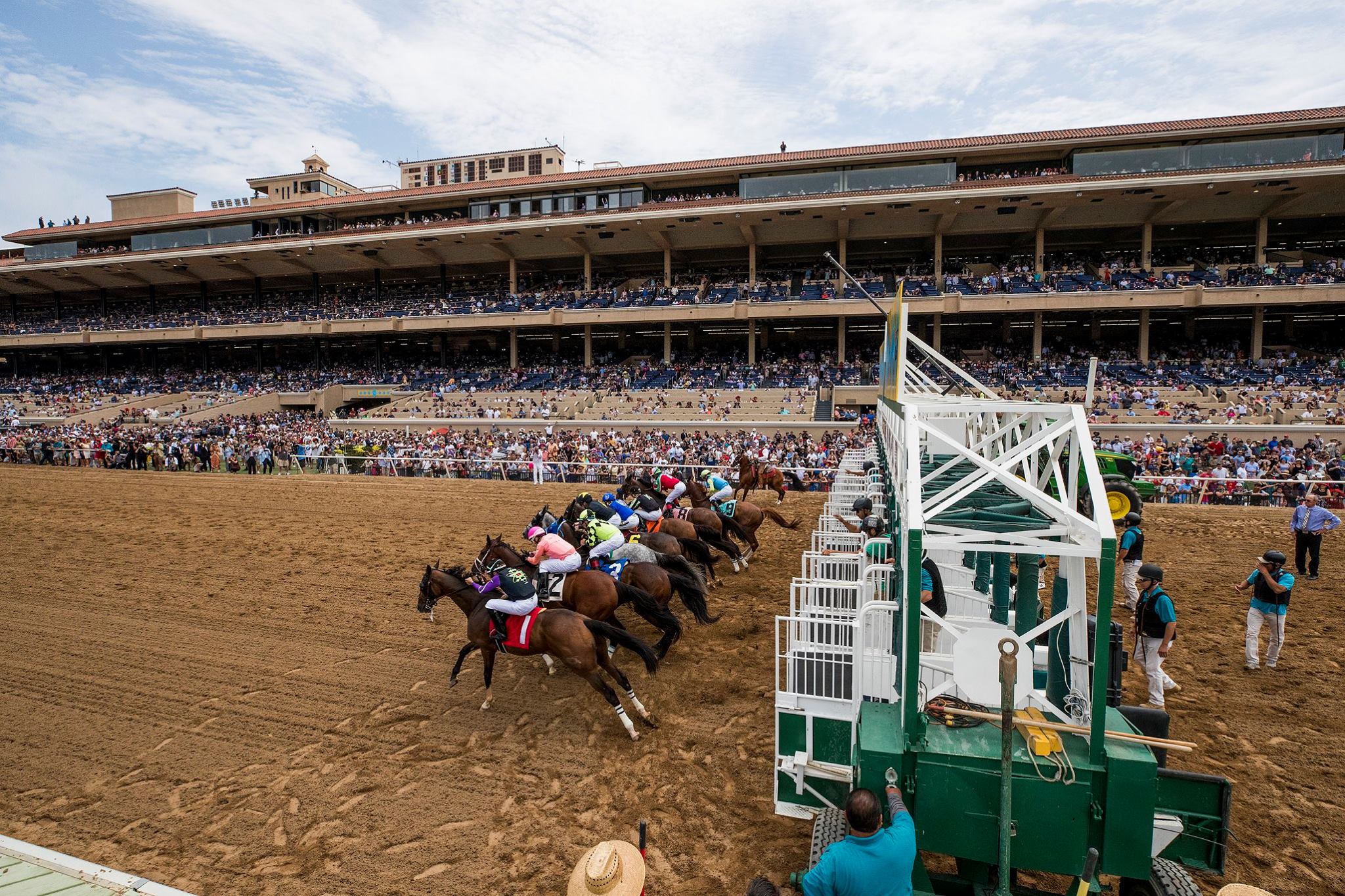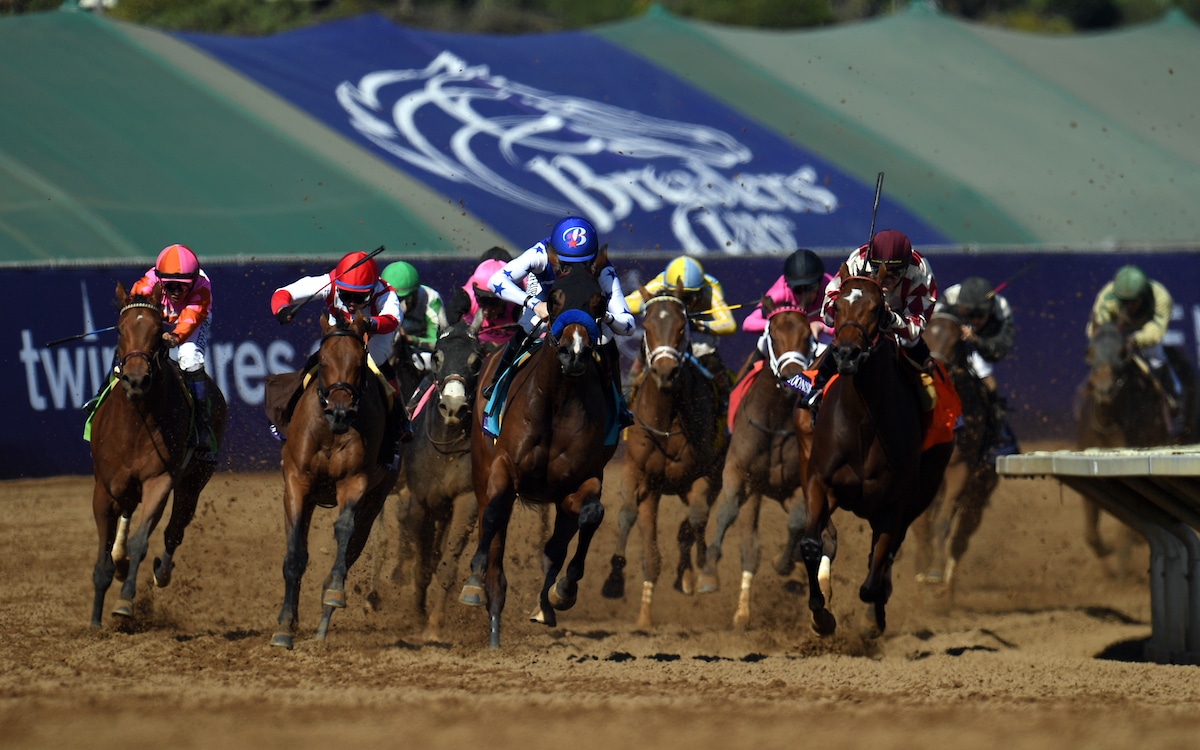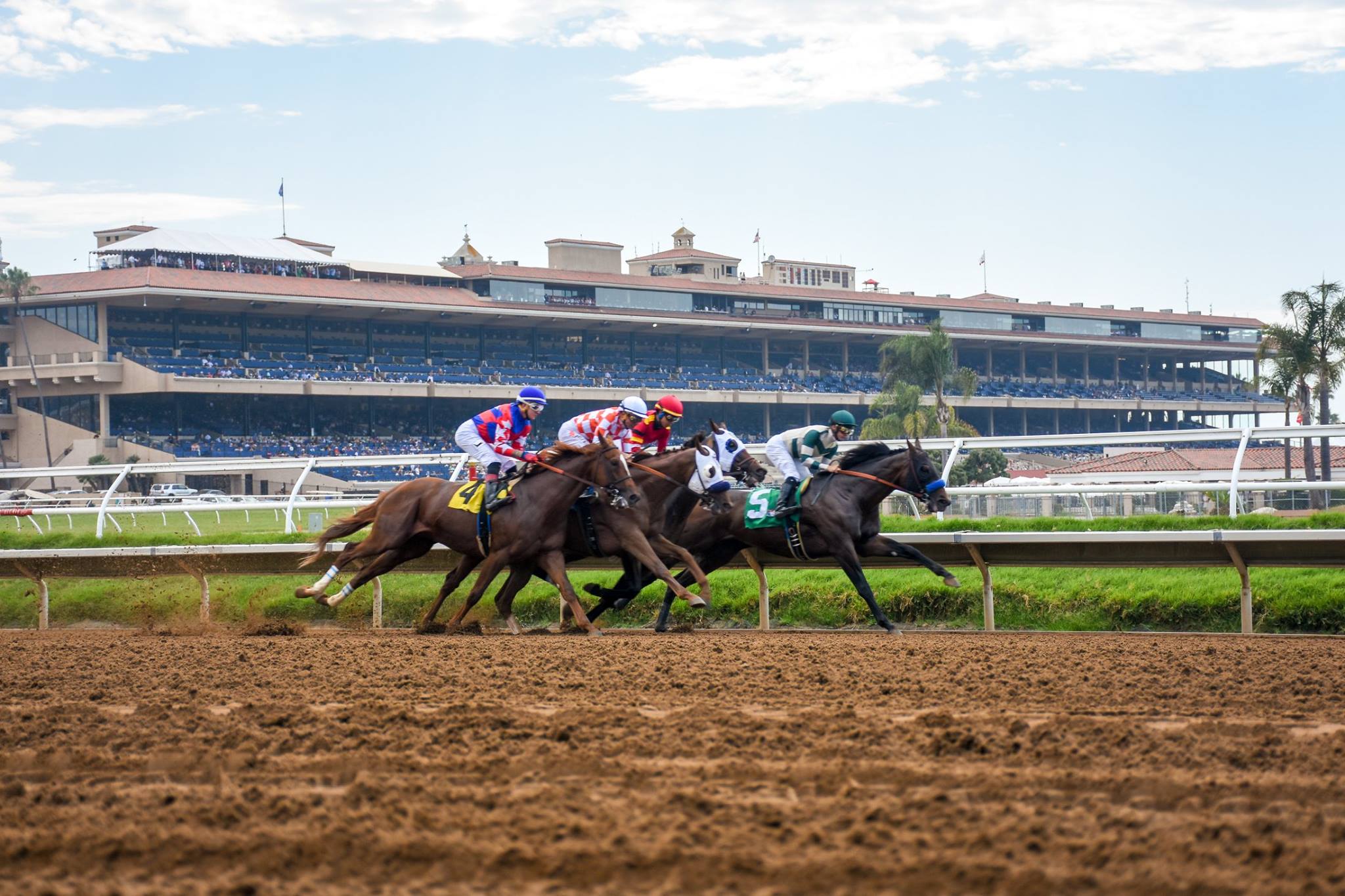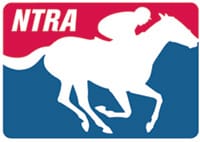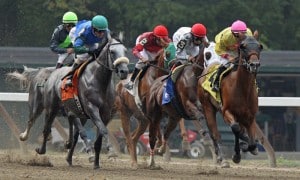
Here are five ways jockeys make their horses run faster (Photo credit: © Wingbeats551 | Dreamstime.com )
Many are familiar with the noise of a thundering herd of horses as they turn into the stretch, headed for home. And it is right about this time when the announcer magnifies the excitement with a booming call of the horses as they close in on the finish line. The jockeys try to squeeze every bit of speed out of their mounts as the first one over the wire gets a trip to the winner’s circle and more money in his or her pocket. There’s nothing like a day at the races!
But some may ask how do the jockey get their steeds to pick up the pace and compete for the top spot as the leader of the pack? Well, there are a few tricks of the trade to be sure but no matter how many aces a jockey has up their sleeve, a nag can only run as fast as it can run. You can’t turn a fair horse into Secretariat but the best jockeys can induce a peak performance which is all anyone can ask. Naturally, the odds vary depending on the history of the horses and only the elite online books routinely carry horse races from around the world. As an example, the YouWager racebook is widely considered one of the best and most expansive in the market today.
So, let’s discuss some of the tactics employed by jockeys to get the most out of the magnificent animals underneath them. The delicate balancing act that the jockey must consider is seizing the moment when the time is right because getting a horse to giddy up too soon will mean there will be nothing left in the tank when the stretch run calls. Without further ado, here are the top five ways jockeys make their horses run faster.
Whipping
It’s barely acceptable to be caught whipping an egg let alone a living, breathing animal but as politically incorrect as it might seem – it works. Some will cite studies that prove whipping is ineffectual on some horses but the vast majority will refocus their efforts due not only to the tactile sensation but the popping noise the modern-day whip creates.
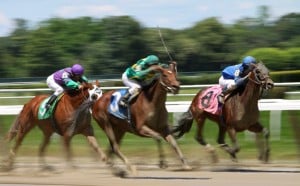
(Photo credit: © Cheryl Quigley | Dreamstime.com)
If you are a casual fan and cringe at the thought of a jockey whipping his or her mount then you might want to know that today’s whip is far less ominous and painful than those of previous generations. They are lightweight, made of soft foam, and Jim Crowley, the 2016 British Flat Racing Champion Jockey, conducted an experiment with the Guardian’s racing correspondent, Greg Wood to prove they cause no harm. Wood allowed Crowley to whip him with the new stick three times and his last attempt, according to Crowley, was the hardest he had ever whipped a horse. Wood declared he “scarcely felt a thing”.
“A horse wouldn’t feel it the same as a human,” Crowley said. “They have a tough hide and it’s covered with hair. This whip doesn’t hurt a human, so it can’t hurt a horse and these sticks have been tested and tested to show that they don’t hurt the horse.
“There’s no way a jockey would want to hurt a horse. The sticks nowadays are fantastic and designed to startle the horse with a loud bang. We use them to create that sound, which is what people don’t realize, and that’s the problem.”
Posture
The monkey crouch was used early on in thoroughbred racing and we can see it when the jockey crouches near the neck of the horse and essentially floats on top as the horse bounds up and down throughout the race. It takes less toll on the horse and has been known to increase speed by five to seven percent. The better a jockey is at maintaining that position, the better the performance from the horse.
Getting to Know You
Jockeys have to know their mounts and the more familiar they are with their idiosyncrasies the better prepared they will be to guide the horse to a smooth, and hopefully, winning ride. Some horses are pacesetters while others are closers but the jockey has to know to what degree this applies before taking a spin around the oval.
Fearlessness
Much like racecar drivers, jockeys have varying degrees of fearlessness but those who take the biggest chances often reap the biggest rewards. Breaking down on the rail between horses can be a recipe for disaster but those jocks who have the confidence to go where mere mortals fear to tread are often the most successful.
Homework
A good jockey views each race he enters like a quiz. He or she will examine the track conditions, identify those horses that pose potential threats out of the gate, around the turns, and into the homestretch. The best jockeys also keep themselves in top physical condition as these are hundred-pound athletes riding thousand-pound animals. Weight training and healthy dietary choices are also part of a jockey’s preparedness when accepting a mount.

